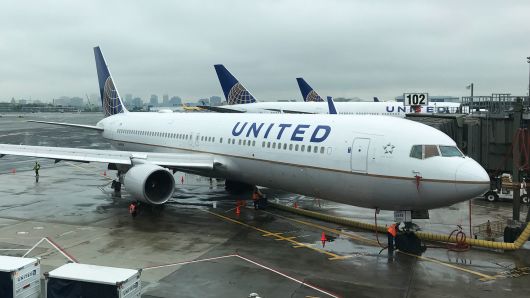
U.S. equities fell on Friday to cap their third straight weekly decline, after a solid August jobs report failed to ease fears that the Federal Reserve would keep aggressively hiking interest rates to fight inflation.
After rallying through the morning, the Dow Jones Industrial Average erased a 370-point gain and finished the session lower by 337.98 points, or about 1.1%, at 31,318.44. The S&P 500 fell roughly 1.1% to 3,924.26, its lowest close since July. The Nasdaq Composite declined 1.3% to 11,630.86, recording its first six-day losing streak since 2019.
All of the major averages were lower to end the week, making it their third negative week in a row after slumping in the final days of August. The Dow and S&P lost roughly 3% and 3.3%, respectively, while the Nasdaq fell 4.2%.
“There’s still a lot of nervousness around what we’ll see over the next few months,” said Callie Cox, U.S. investment analyst at eToro. “Yes, inflation and the job market are coming back into balance, but at what cost? Markets are still figuring that out.”
“To make matters worse, the S&P 500 is trapped in the danger zone – below its three big moving averages,” she added. “Those moving averages served as floors up until a few weeks ago. Now, they seem to be ceilings that the index just can’t bust through. The mood has definitely changed. While we may not test the lows of this sell-off again, we also may not reach new highs any time soon.”
Stocks had been weighed down throughout this week by hawkish comments from Federal Reserve officials signaling that interest rate hikes aren’t going away anytime soon. That’s put traders on watch for a retest of the June lows, especially knowing September is historically a poor month for the market. Some have suggested that if the S&P 500 fails to hold the 3,900 level, those summer lows could come back into play.
Some investors were briefly comforted on Friday by the highly anticipated jobs report, which showed the economy added 315,000 jobs for the month, just under the Dow Jones estimate for 318,000. Stocks rallied in the first part of the day.
The unemployment rate rose to 3.7%, two-tenths of a percentage point higher than expectations. The August report is particularly important because it’s one of the last major economic reports the Fed will weigh before it raises rates at its September meeting. This data point could help the central bank determine whether a 75-basis-point hike.
The last major economic report of note is August CPI on Sept. 13 and is more likely to determine how aggressive the Fed needs to be in the near term.
























